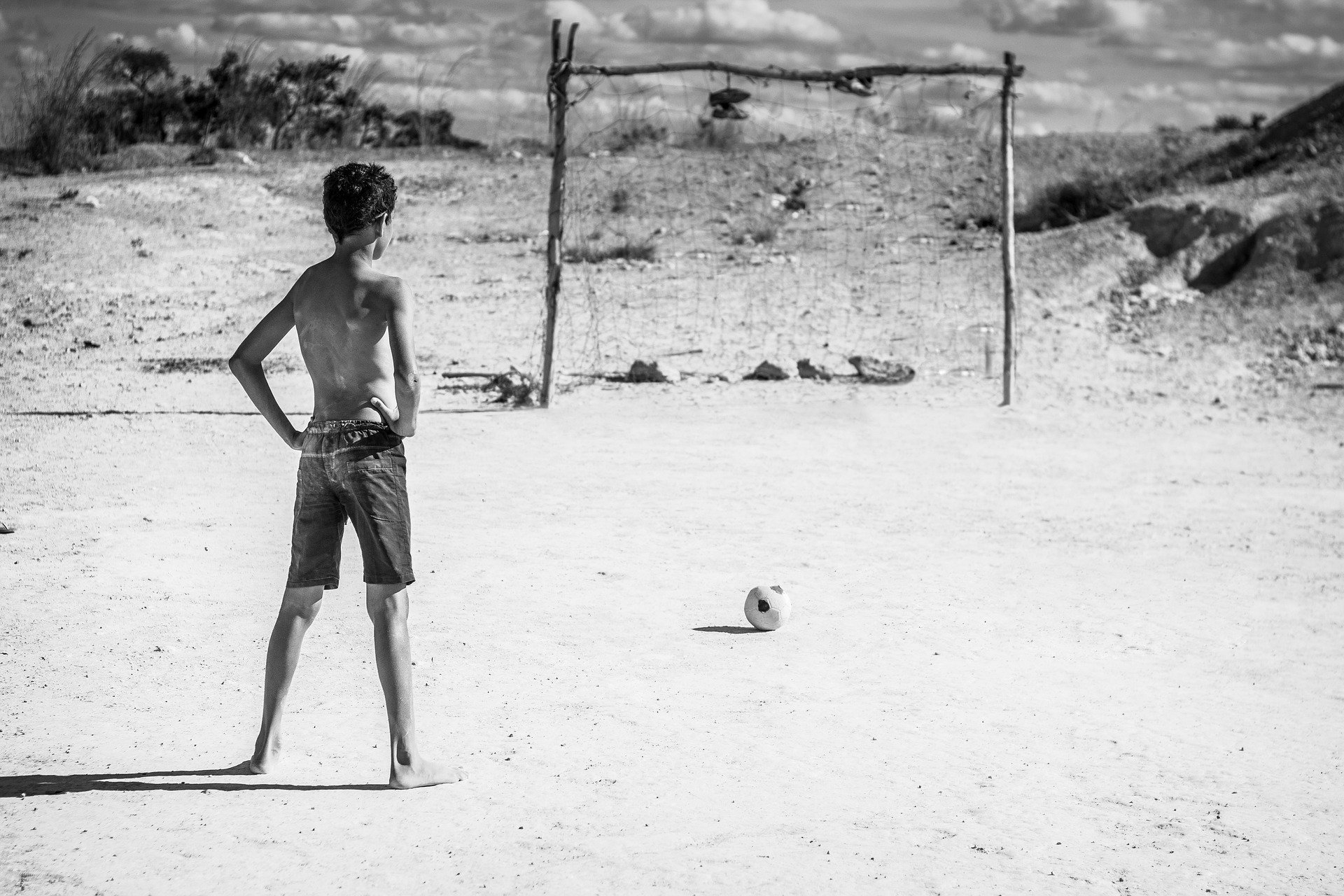Mark the Boundaries
/One of the reasons sporting games work so well is the crystal clear boundaries. Everyone knows what defines the field of play. What’s in and what’s out. How to score. Even when there is technical complexity, the rules are clear, and create the conditions for clear decision making (notwithstanding the perpetual armchair critic who can always clearly see how the ref got it wrong!). These clear constraints are what make games work.
Lack of clarity creates ambiguity and often the result is uncertainty and/or stress. As a leader, we can contribute to clarity via regular discussion about the boundaries. Unlike a ‘field of play’ where the boundaries are clearly marked, work often has boundaries marked only in our collective understanding. If the collective understanding is fuzzy, so are the boundaries.
A simple framework for the discussion is:
IN - what’s clearly ‘in’? Why? What purpose does it serve? How does it help us deliver? When is it important?
OUT - What’s clearly ‘out’? Why? How does it detract or distract us from our important work? What are the consequences if we are ‘out of bounds’? How can we stop or reset ‘play’ when we are ‘out’?
DISCUSS - Some areas of our work are open to discussion or judgement and creativity. What constitutes ‘good enough’? What’s our appetite for risk? How do we decide when we disagree, and there are sound reasons for each position? How will we innovate if it hasn’t been done before? What do we do when we are caught by surprise or disrupted? How should we use our judgement? Discussion in the fuzzy territory between clearly in or out results in greater clarity of the boundaries.
This approach can be applied to specific roles, delegation, projects, decision making process, team norms/expectations, delivery against metrics and more.
Where could you clarify boundaries today?

















